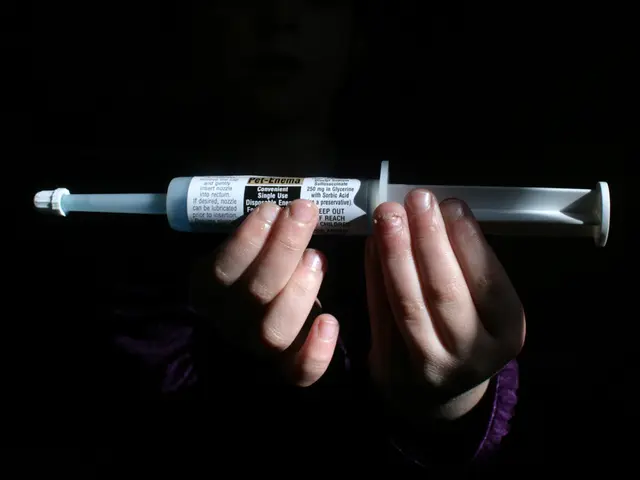Pulmonary condition characterized by air pockets within the septa of the lung, including their symptoms, prognosis, and additional information.
Paraseptal emphysema (PSE) is a type of pulmonary emphysema, a chronic lung condition that currently has no cure. However, treatments can help slow its progression, alleviate symptoms, and improve quality of life for those affected.
Common treatment options for PSE focus primarily on managing symptoms and complications. For mild cases, standard chronic obstructive pulmonary disease (COPD) treatments are used, including bronchodilators to open airways, corticosteroids to reduce inflammation, antibiotics if infections occur, pulmonary rehabilitation with breathing exercises, nutrition therapy, and supplemental oxygen if needed.
Surgical intervention is considered when PSE leads to complications such as pneumothorax (collapsed lung) or the presence of large bullae (air-filled spaces in the lungs). In such cases, surgery aims to remove damaged lung tissue or bullae to improve lung function and prevent further complications.
In severe or advanced cases affecting younger patients, lung volume reduction surgery or lung transplantation may be options to improve quality of life. Additionally, emerging biologic therapies like dupilumab have shown promise in reducing exacerbations in COPD patients, although their direct role in PSE is not clearly established.
The cornerstone of treatment for PSE, as with any form of emphysema, is cessation of smoking to slow disease progression.
People with PSE, like those with pulmonary emphysema in general, are at risk of developing complications such as respiratory insufficiency, respiratory failure, respiratory tract infections, pneumonia, depression, anxiety, and a collapsed lung.
Treatments for pulmonary emphysema may involve multiple therapies, such as anti-inflammatory drugs, bronchodilators, oxygen therapy, opioids, and psychological therapies. The specific treatment approach can vary greatly depending on the individual's age, overall health, and the condition's response to medical intervention.
It's important to note that any of the types of emphysema have the potential to develop into bullous emphysema (BE), characterized by air pockets greater than 1 cm in diameter.
There are three types of pulmonary emphysema: Paraseptal, centrilobular, and panlobular. Doctors may need to differentiate between these types to determine the best treatment approach. Diagnosis is typically made through lung function tests and chest X-rays.
Emphysema is often caused by chronic triggers such as smoking or inhaling second-hand smoke. Other factors that may contribute to its development include inhaling air pollutants, respiratory infections, and alpha-1 antitrypsin deficiency.
Lastly, it's worth mentioning that emphysema may increase the risk of developing certain forms of lung cancer, particularly in individuals with both PSE and chronic obstructive pulmonary disease (COPD). Regular check-ups and screenings are crucial for early detection and management of any potential complications.
- Treatment options for Paraseptal emphysema often involve standard chronic obstructive pulmonary disease (COPD) treatments, such as bronchodilators, corticosteroids, and antibiotics, if needed.
- In severe or advanced cases of Paraseptal emphysema, or for patients who are younger, surgery to remove damaged lung tissue may be considered, aimed at improving lung function and preventing further complications.
- As with any form of emphysema, quitting smoking is crucial for slowing the progression of Paraseptal emphysema.
- People with Paraseptal emphysema may develop various complications like respiratory insufficiency, respiratory failure, respiratory tract infections, pneumonia, depression, anxiety, and a collapsed lung.
- Understanding the type of emphysema, such as Paraseptal, Centrilobular, or Panlobular, helps doctors determine the optimal treatment and may involve multiple therapies according to the individual's age, overall health, and condition's response to medical intervention.




